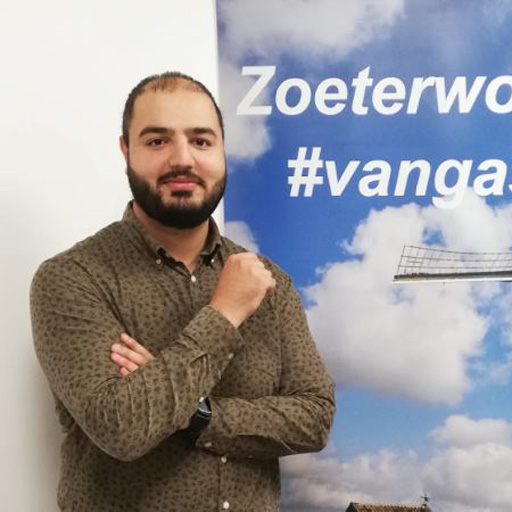Variant study Zoeterwoude-Rijndijk
Variant study
The municipality of Zoeterwoude is already well underway in the heat transition. In the project “Rijndijk Van Gas Los”, the municipality is collaborating with the neighborhoods residents’ working group. A selection determined that TheEarlybirds, together with CE Delft, could carry out a variant study where was investigated which heat solution is best suited for three neighborhoods. Among other things, the study answered the question of whether connection to a large residual heat source would be promising for the neighborhood.
Conditions
The working group and the municipality have drawn up preconditions that the top 3 alternatives for natural gas had to meet: sustainable, affordable, available, reliable and flexible. To test these alternatives against the preconditions, the COLONY model was used (calculations based on the end-user perspective) and the CEGOIA model was used to test whether this corresponds with the preferred variant from a national cost perspective. In addition, fact sheets have further elaborated on the top 3 of heat solutions.
Flying start
In intensive collaboration with Baktash Ibrahimi and Yorick Rens from the municipality of Zoeterwoude and Jasper Schilling and Joram Dehens from CE Delft, TheEarlybirds flew through this route in a very short period of time. The interactive online COLONY web tool, the insights gained during the process and a supporting report together form the informative end result of this interesting assignment!

Baktash Ibrahimi, sustainability consultant at the municipality of Zoeterwoude:
“The collaboration with TheEarlybirds went very well. Due to deadlines, we needed results within a very short period of time, which was also delivered by TheEarlybirds. The online tool not only makes it possible that we can basically give everyone with a browser access to the results, but the way in which the results are presented makes it easy for residents to follow it properly. I am also pleasantly surprised by the variety of calculation results that has led to new insights for me. Thank you Eline and Arnold for the pleasant cooperation. “

